
String vs Micro vs Hybrid Inverters: Choosing the Right System for Canada
Compare string inverters, microinverters, and hybrid systems for Canadian homes. Understand performance in cold weather, partial shading scenarios, and installation considerations.
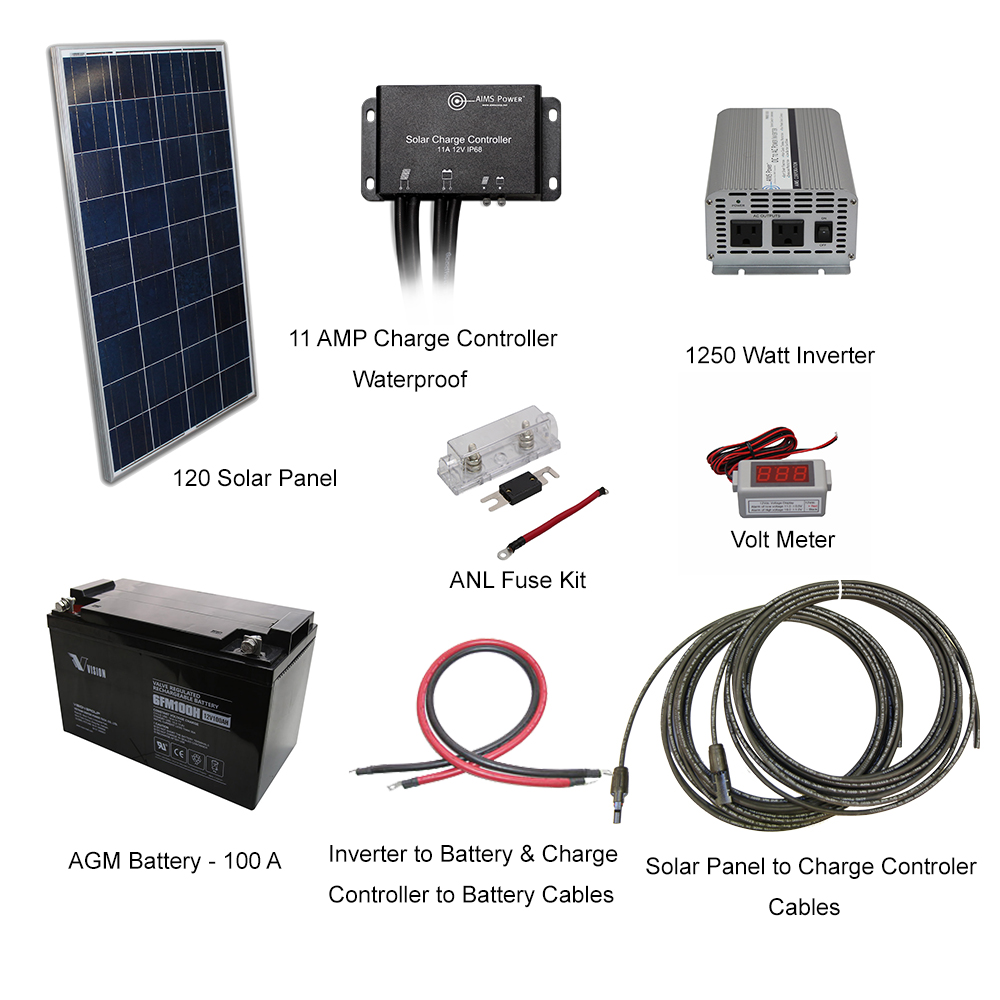
CEC 2024: Rapid Shutdown, Disconnects, and Overcurrent Protection
Navigate Canadian Electrical Code requirements for rapid shutdown systems, DC/AC disconnects, and overcurrent protection. Essential safety compliance for all solar installations.
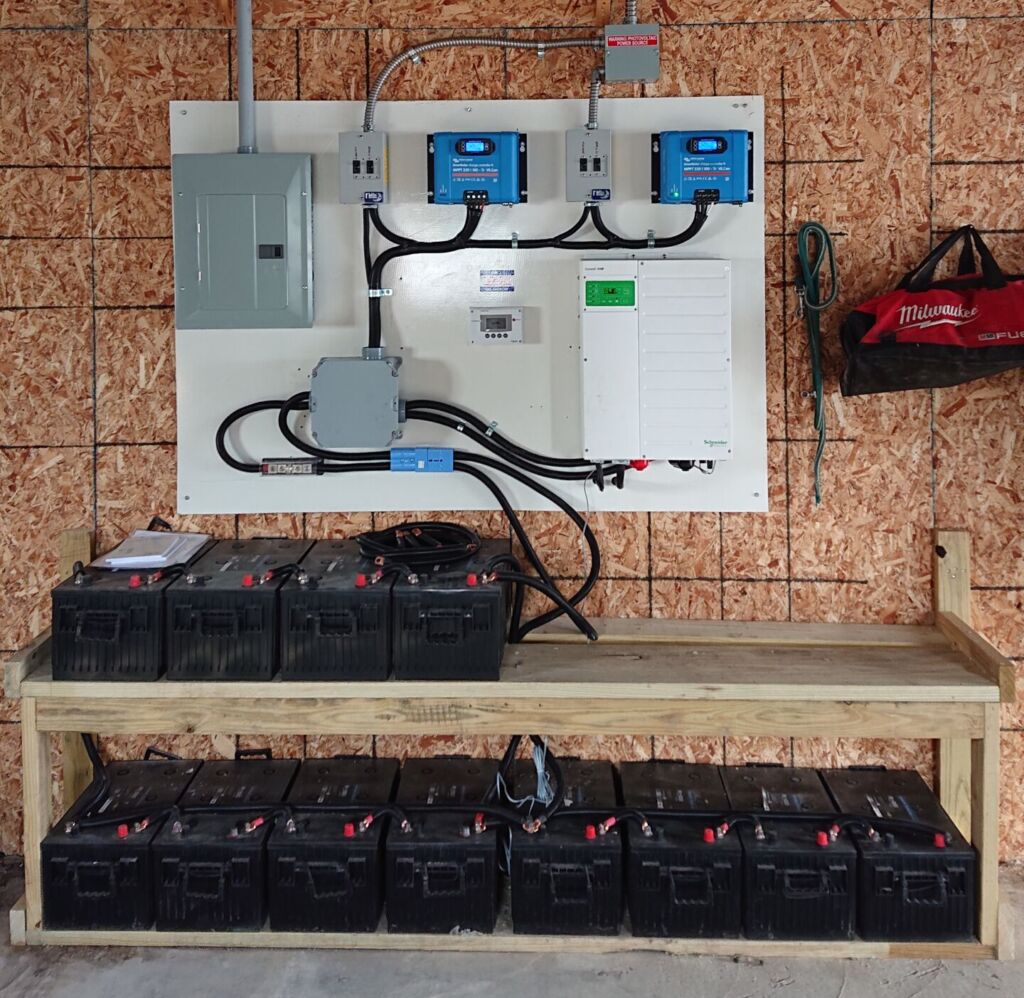
PV Wiring Methods: Conduit, Cable Management, and Grounding in Canada
Proper wiring methods for Canadian solar installations. Conduit sizing, cable management, grounding requirements, and weatherproof connections for harsh winter conditions.
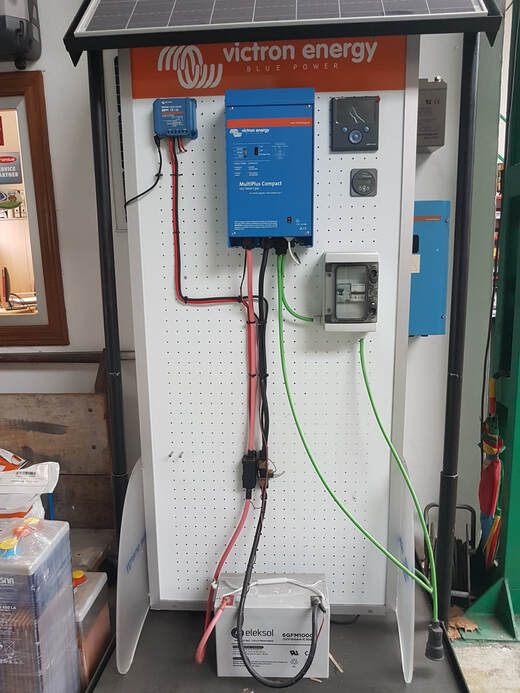
Hybrid Inverters: Grid-Tied with Battery Backup for Canadian Homes
How hybrid inverters seamlessly switch between solar, battery, and grid power. Benefits for Canadian homes with frequent outages and time-of-use pricing.
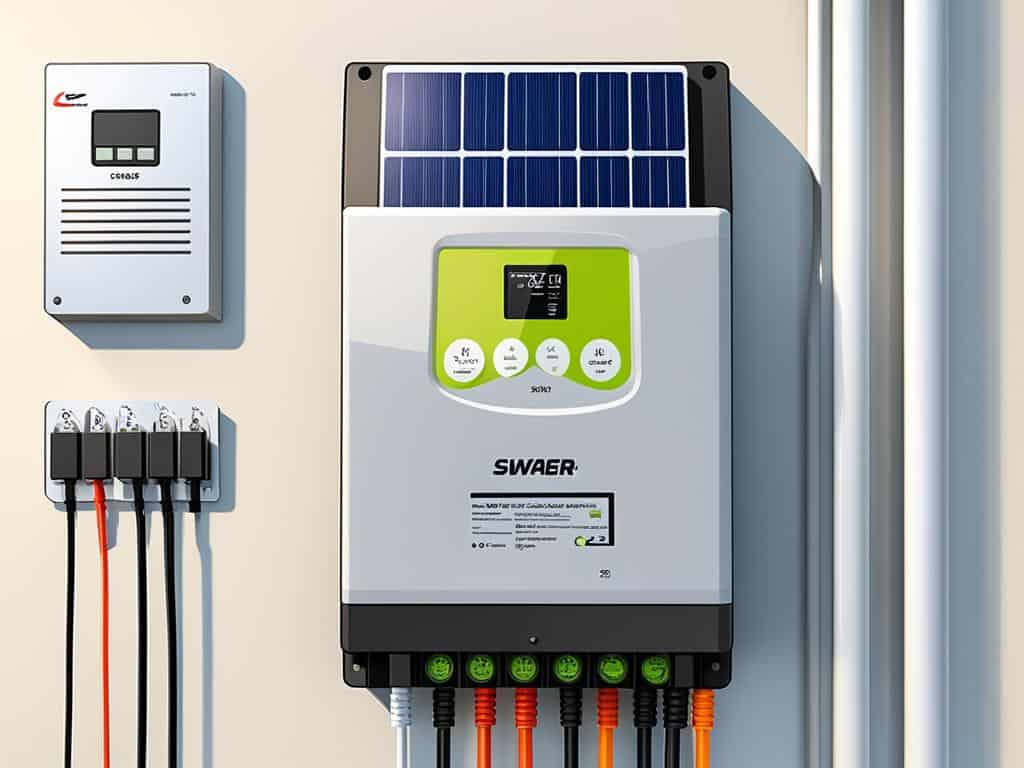
Electrical Panel Integration: CEC Rule 64-112 and Breaker Sizing
Calculate allowable PV breaker sizes, understand busbar ratings, and properly integrate solar with Canadian electrical panels. Includes examples and safety considerations.
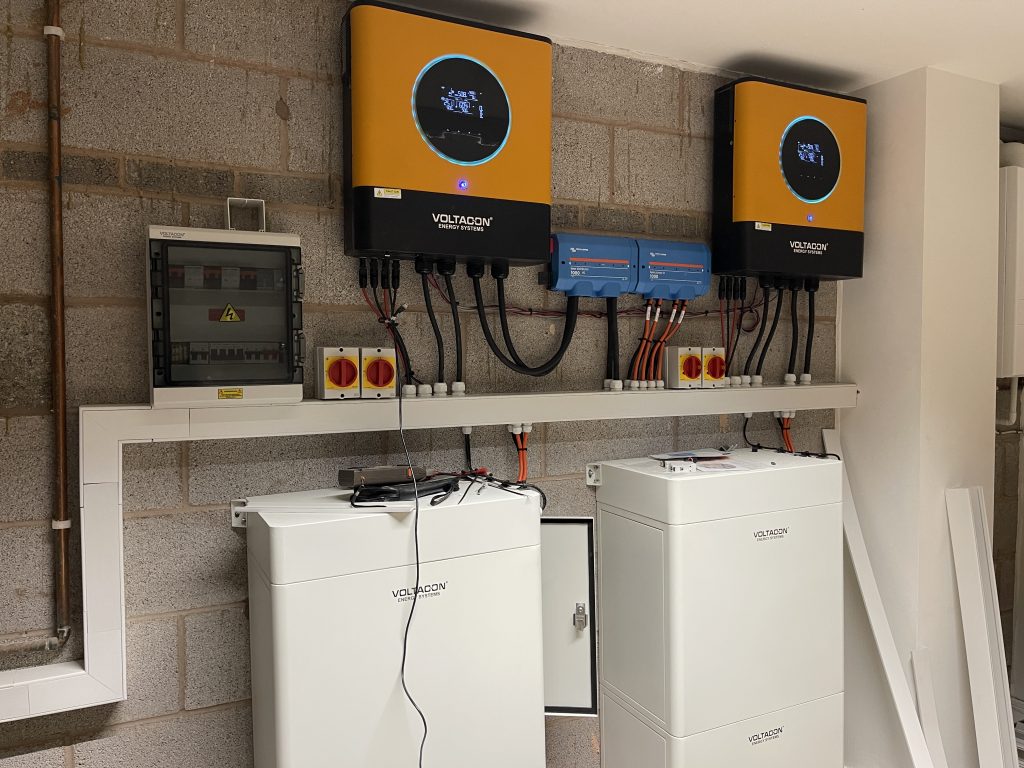
Arc-Fault Detection and DC Isolators: Advanced Safety Features
Understanding arc-fault circuit interrupters (AFCIs), DC isolators, and rapid shutdown devices. How these safety features protect Canadian solar installations and comply with CEC requirements.
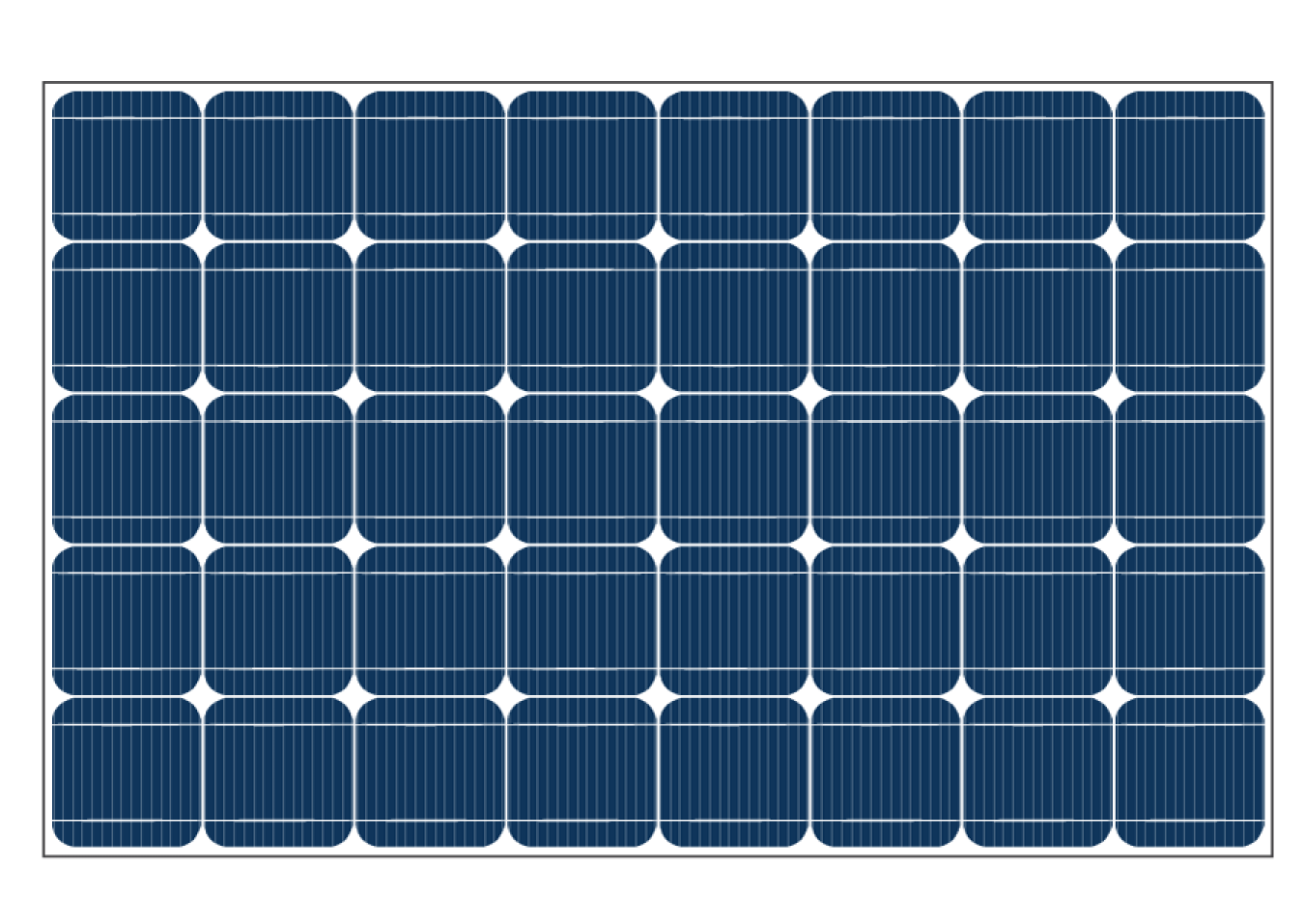
Cold Weather Inverter Performance: MPPT Optimization in Canadian Winters
How cold temperatures affect inverter efficiency and MPPT tracking. Optimization strategies for maximum energy harvest during Canadian winter conditions.

AC Modules and Module-Level Power Electronics (MLPE)
Explore microinverters and AC modules for Canadian residential installations. Benefits for partial shading, monitoring, and simplified installation logistics.
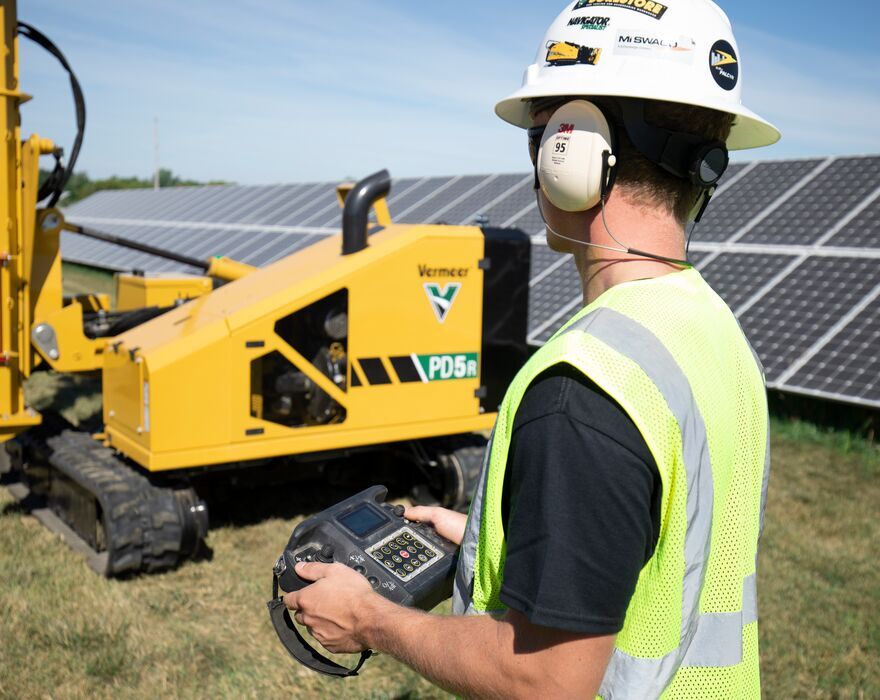
Labeling and Documentation: NEC/CEC Requirements for Solar Installations
Proper labeling, single-line diagrams, and documentation requirements for Canadian solar installations. Ensure inspector approval and future maintenance safety.
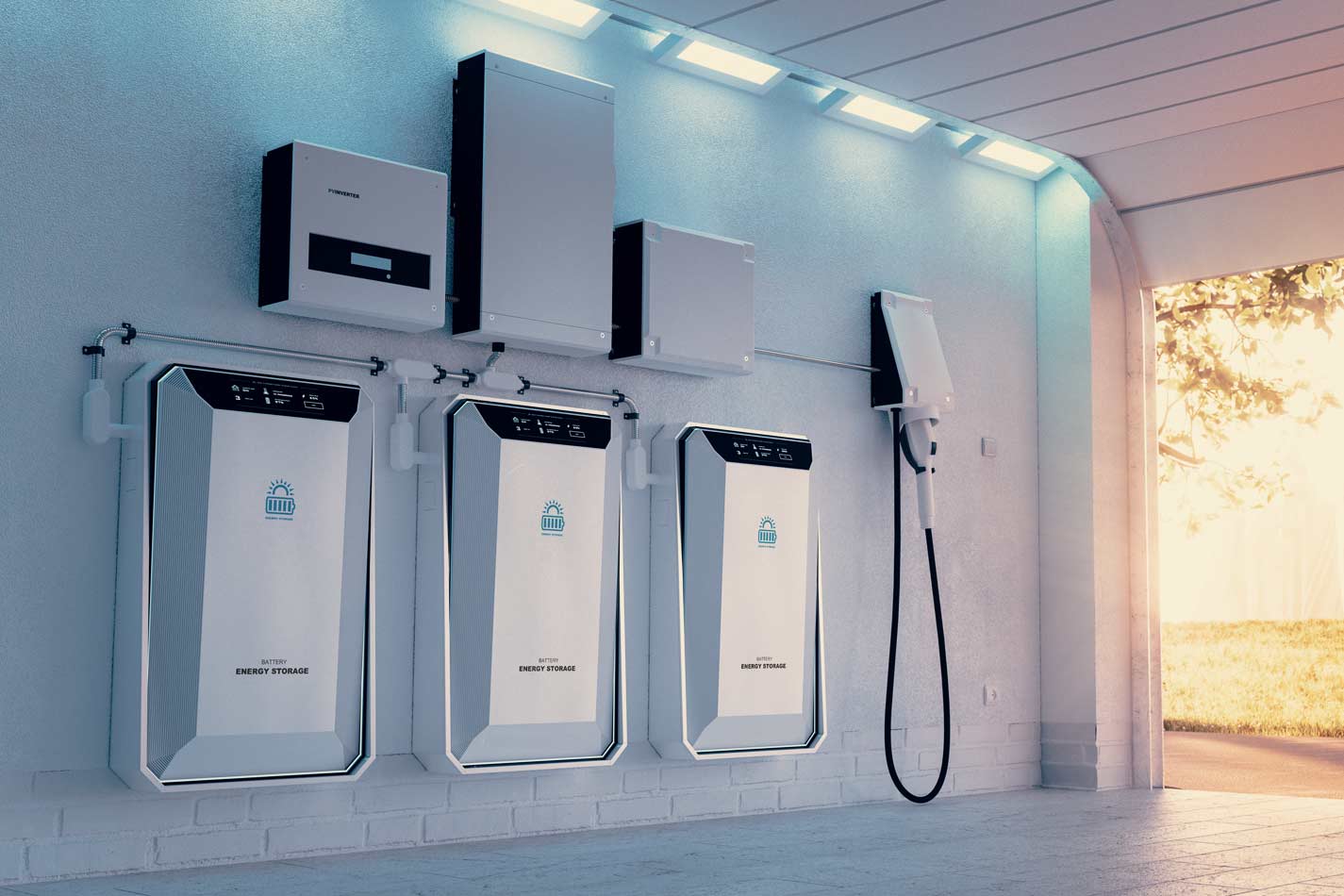
Inverter Installation Best Practices: Ventilation, Maintenance, and Longevity
Proper inverter installation for Canadian climates. Ventilation requirements, accessibility for maintenance, and maximizing equipment lifespan in varying temperature conditions.